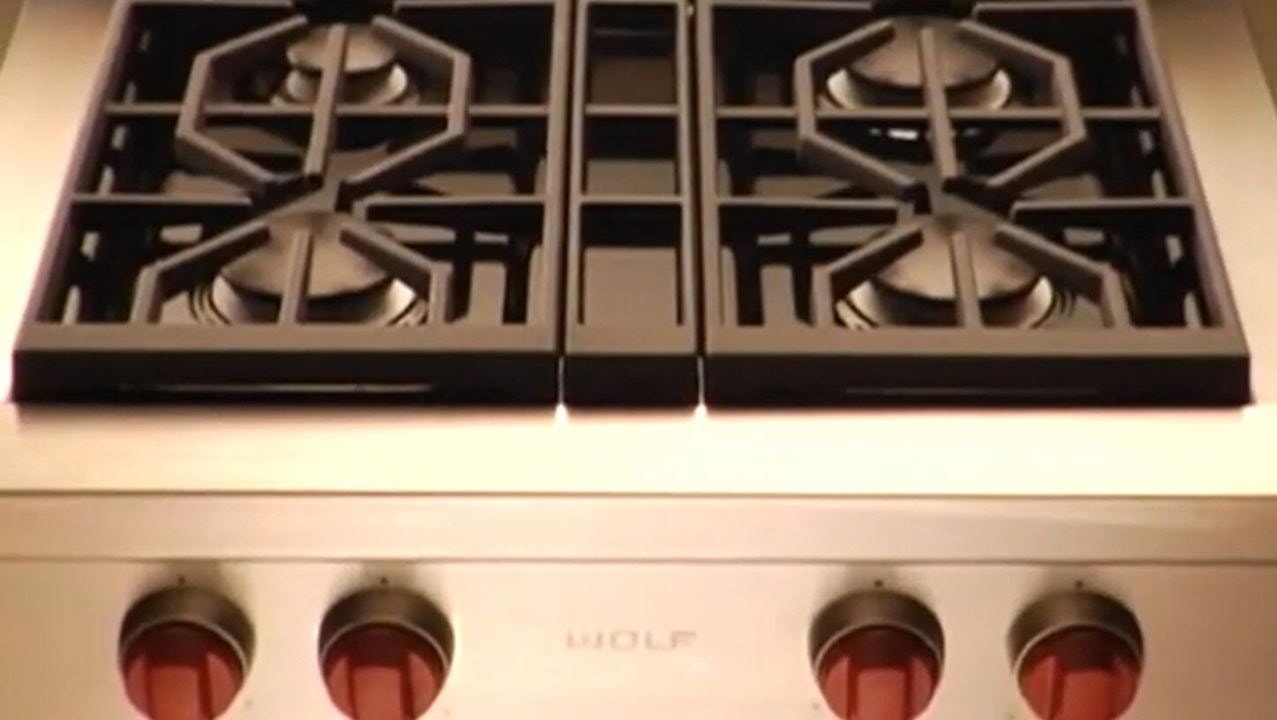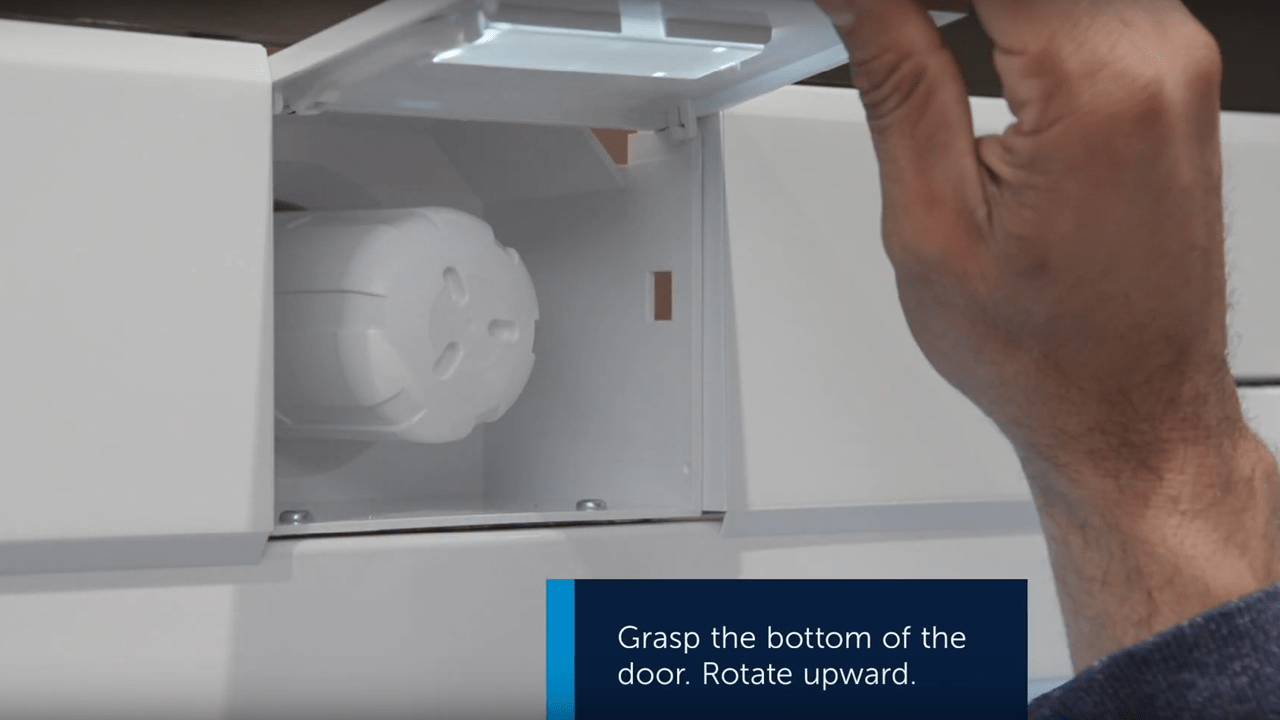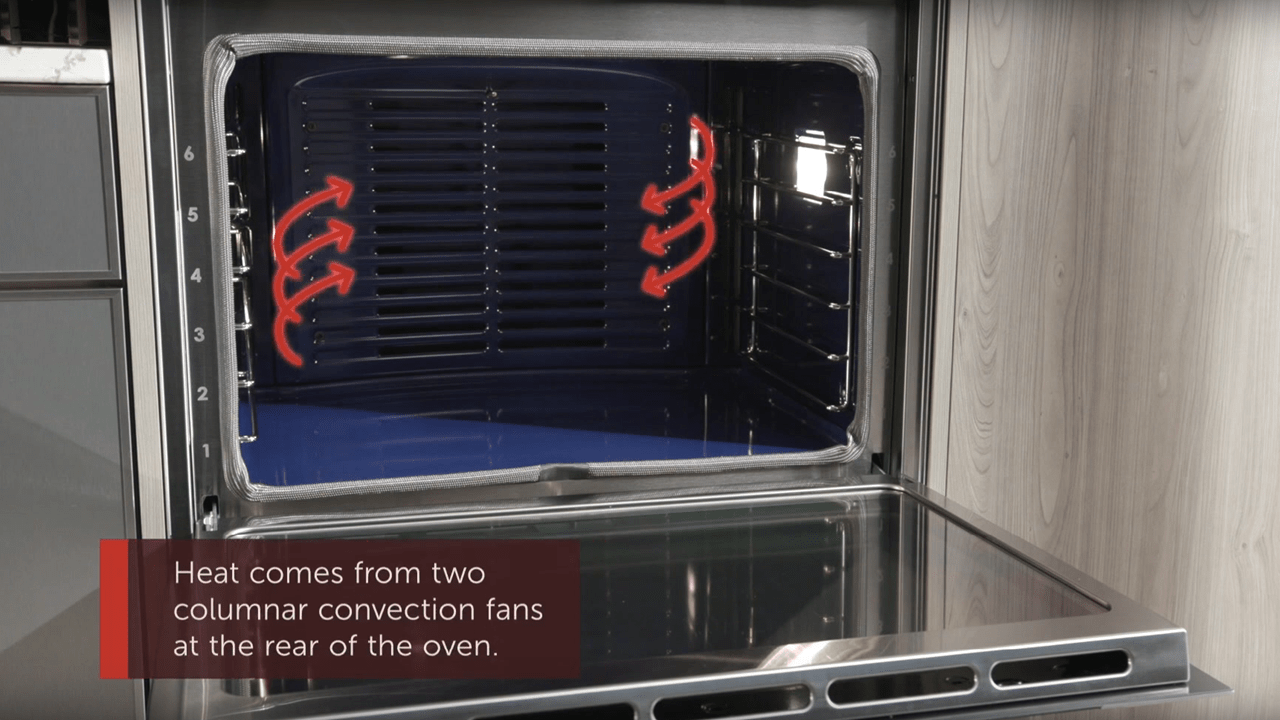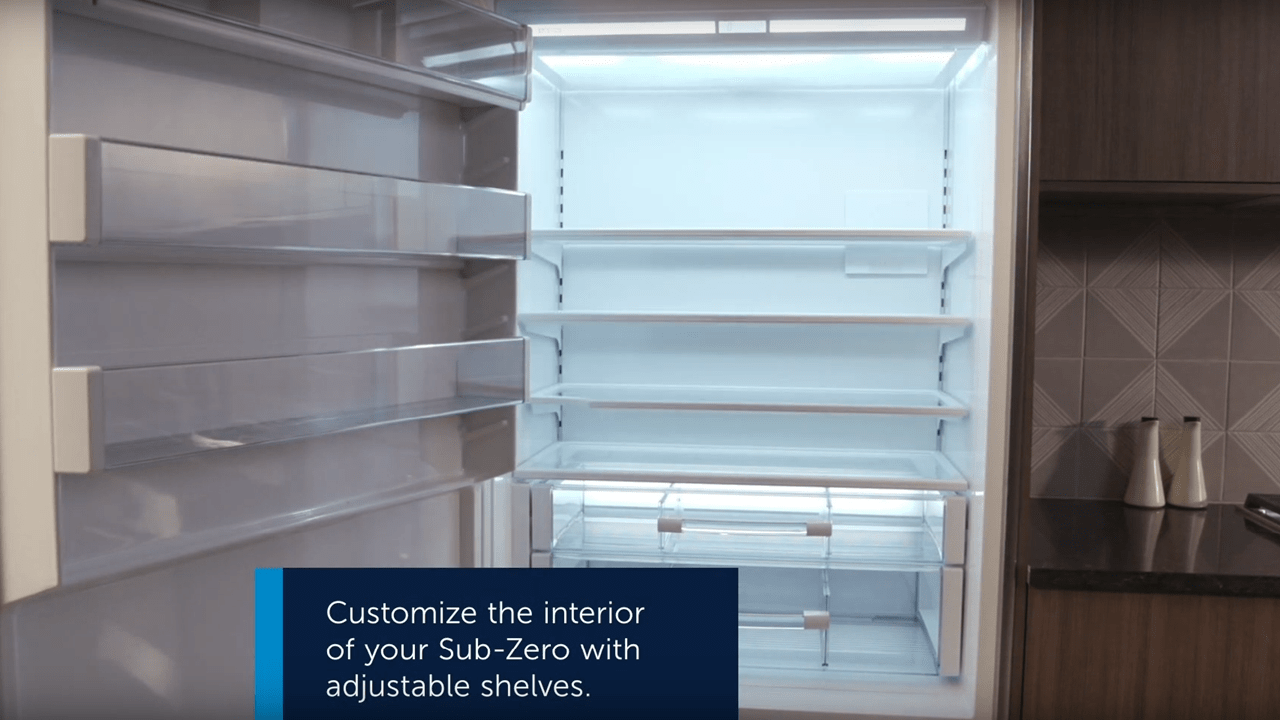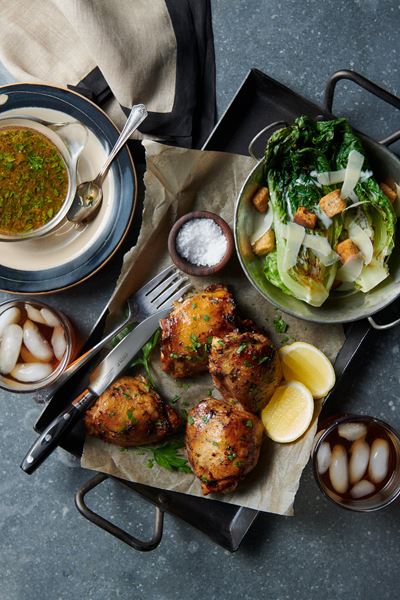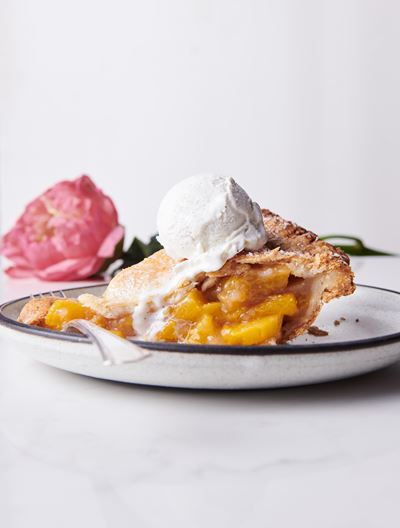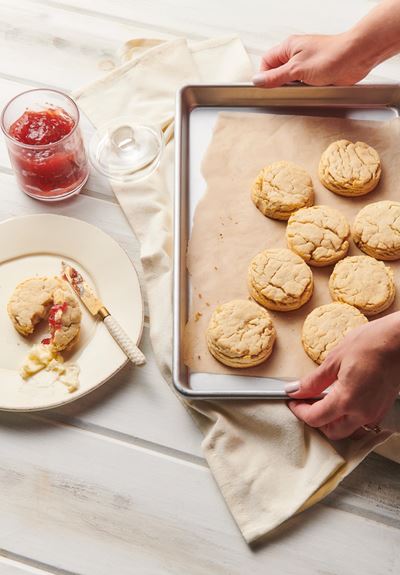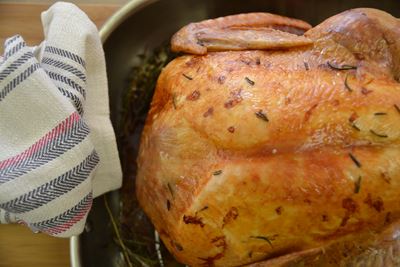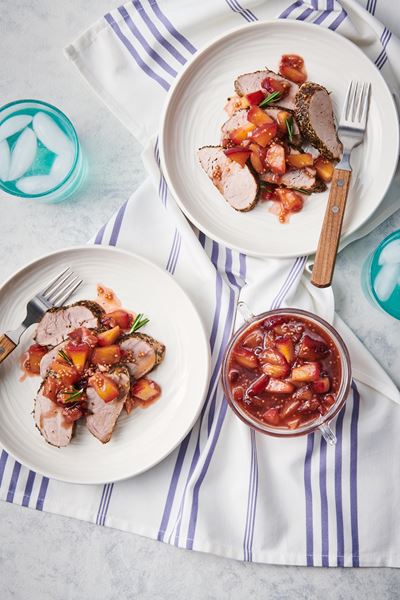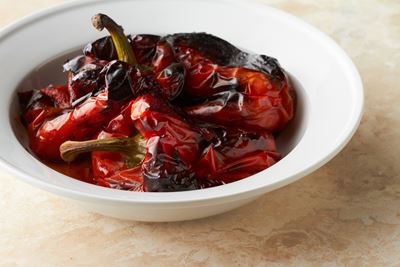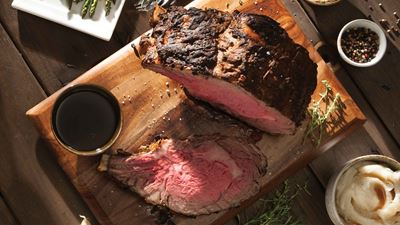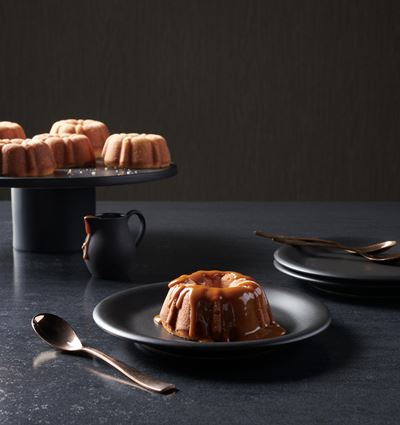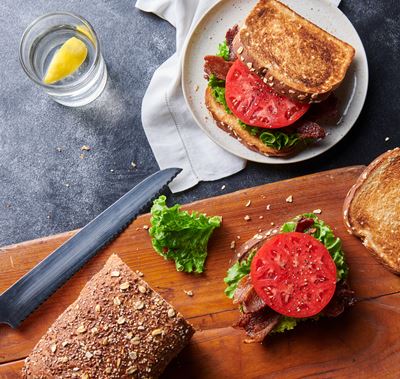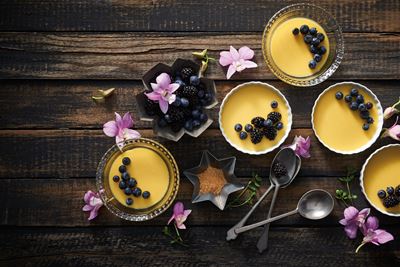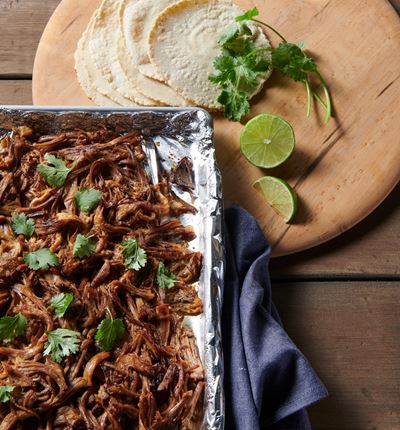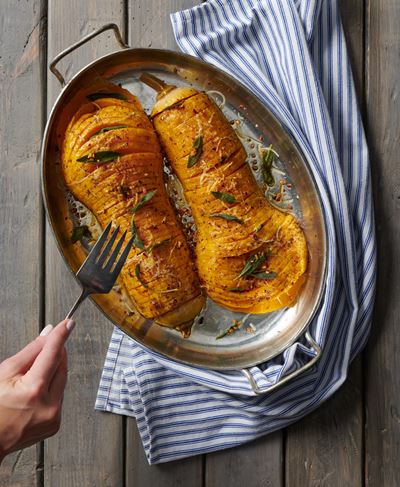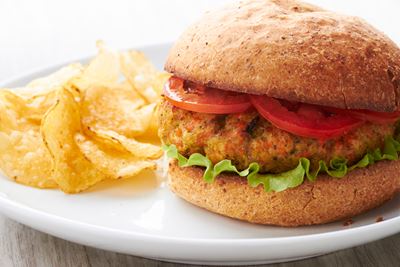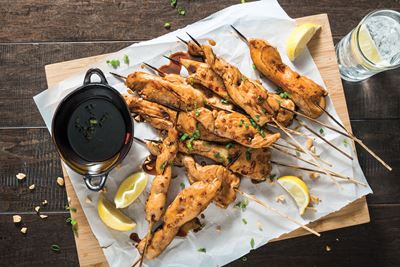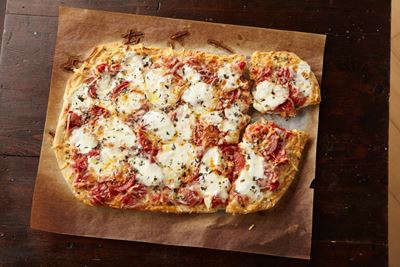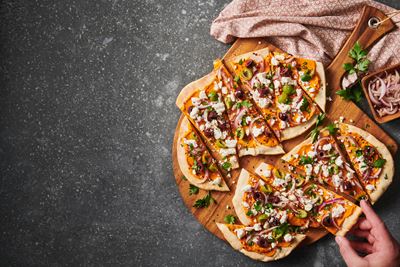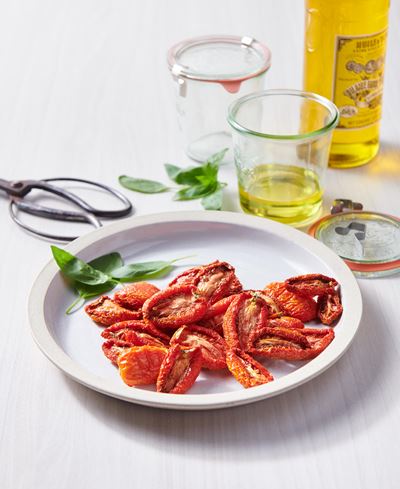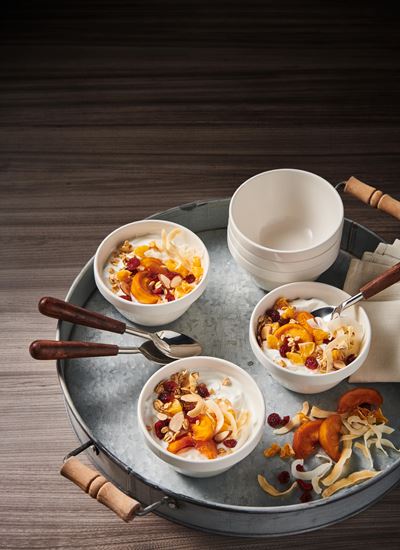Owners guides and accessories
Replacement and Add-on Accessories
Technical Specifications
| Dimensions | 35 7/8"W x 35 1/2"H x 29 1/2"D |
| Oven 1 Interior Dimensions | 31 1/4"W x 17 1/2"H x 20"D |
| Oven 1 Usable Capacity | 4.1 cu. ft. |
| Oven 1 Overall Capacity | 6.3 cu. ft. |
| Door Clearance | 21" |
| Weight | 445 lbs |
| Star-K Certified |
Model Options
| IR36550/S/P |
Installation Guides
Installation Accessories
See more optionsMastering Your Product
Use and care videos
Explore our use and care videos for maintenance tips and how-tos.


Electrical Requirements
| Electrical Supply | 240/208 VAC, 60 Hz |
| Electrical Service | 50 amp dedicated service |
Electrical Location Illustration


Master the modes
Wolf ovens are precisely engineered with chef-tested modes that, once mastered, practically guarantee delicious results. Using the tabs below, learn how each unique mode works and when to use them. Would you like to know more? Download this oven's Technique Guide for additional information, techniques, and recipes.
Convection Mode is perhaps the most versatile of all modes and is an essential part of your oven. It works by circulating hot air throughout the cavity and venting out excess moisture. It offers distinct advantages over the usual radiant heat of conventional Bake Modes: it minimizes hot and cool spots, enables multi-rack cooking (no rotating of pans required), cooks about 25 percent faster, and improves the flavour of your food with increased, all-over browning.
- Multi-rack cooking
- Food cooks more evenly and quickly
- Temperature probe may be used
- Best “all-around” mode when you are unsure of what mode to use
Most similar to Bake Mode, Convection Bake Mode is best for pie baking.
This mode combines the best of convection and roast for significantly faster, flavourful roasting. Like Convection Mode, it circulates hot air throughout the cavity for efficient all-over heat transfer, but then adds radiant heat for additional crispness and browning. It is saturating, powerful heat for tender, succulent proteins and vegetables.
- Single-rack cooking
- Food cooks more evenly and quickly
- Deeper browning and crisping for more delicious flavour
- Ideal for red meats and mixed root vegetables
- Opt for Convection Mode when roasting poultry
- Temperature probe may be used
Similar to Broil Mode, Convection Broil engages the convection heating and fan elements to shorten broil times for thicker cuts of meat, fish, and poultry.
- Ideal for cuts of meat over one-inch thick
- Temperature probe cannot be used
No guesswork here. Simply place your desired dish into the oven, select the type of food from the intuitive menu, and the oven does the rest. Gourmet tells you the proper rack position, sets the cooking mode, and adjusts the temperature automatically for reliable, delicious results.
- Prepare a variety of foods using the intuitive menu of chef-tested programs
- Temperature probe cannot be used
This is the traditional oven mode you may be most familiar with. While Bake Mode is not as proficient at multi-rack cooking as Convection Mode, it delivers the proper environment to help quiches, custards, quick breads, and cakes stay moist and bake evenly, without overbrowning. Enjoy the consistent results of this tried-and-true baking method.
- Single-rack cooking
- Provides heat that preserves moisture and prevents overbrowning
- Best for delicate items like custards, quiches, and cakes
- Temperature probe may be used
Roasting—and its close relative, braising—is the long game of flavour development. While Convection Roast Mode crisps the outside of foods more efficiently due to the fans, regular Roast Mode provides radiant heat required for longer cook times required to convert tougher foods into delightfully succulent mouthfuls without overbrowning.
- Single-rack cooking
- For long, slow roasting of tougher items
- Ideal for braising
- Temperature probe may be used
The intense, radiant heat produced by the broiler can create an entire dish from beginning to end—as with thin steaks, chops, or fish—or add the finishing, browning touch to more delicate items like crostini and French onion soup. It is also an alternative to grilling outdoors. Proceed with a dash of caution, though. Food under the broiler can finish cooking in a matter of minutes, so it is best to keep a close eye on your sizzling fare.
- Single-rack cooking on top rack
- Intense heat for searing, toasting, and browning
- Temperature probe cannot be used
For authentic pizza made like those in Italy by pizzaiolos—pizza bakers—you need an extremely hot oven and cooking surface that mimics a wood-fired brick oven environment. This mode uses the oven’s full arsenal of heating sources and fans to create an intense, saturating heat up to 550°F. Using Stone Mode along with the bake stone kit, you can achieve crispy-bottomed crusts for almost all types of pizza, artisan breads, calzones, and flatbreads. But it is meant for breads only—avoid placing meat, fish, vegetables, or other food items on the bake stone or it will produce unwanted odours, tastes, and smoke. To prevent dough from sticking, dust the stone and pizza peel with cornmeal or flour—never use oil as it will gum up the stone. Preheat the stone with the oven, placing it on the very bottom rack and removing all others. After baking, leave the stone in the oven to cool.
- Single-rack cooking on bottom rack with bake stone kit (available for purchase from your dealer)
- Creates an intense “brick oven” effect
- Ideal for pizza, artisan breads, and calzones
One of the secrets to a good bake is a good proof. Whether you make bread every day or as a special treat for special occasions, this mode will help you prepare beautifully raised breads. While professional bakers utilize proof boxes to stimulate the correct environment for yeast activity, your oven is engineered with similar technology to achieve the same fluffy results. Proof Mode should typically be used for the second or final proof, after the bread has already gained much of its volume and flavour in an initial proofing or fermentation (often referred to as the “bulk proof”). A low, gentle heat between 85°F and 110°F allows bread to rise more rapidly than it would at room temperature, especially in cooler environments.
- Single-rack proofing
- Gentle heat provides the correct environment for proofing bread
- Covering dough with a damp cloth is recommended
- Expedites the second proofing
Delicious, nutritious snacks are something we all look for these days. But the ones found in stores—even when described as "healthy"—may be both expensive and loaded with extra sugar and preservatives. Many of our Wolf owners are discovering the pleasures of making their own dried fruit or meat snacks using Dehydrate Mode. Circulating heat from the convection fans warms the oven up to between 110°F and 160°F, providing the proper drying atmosphere. Just cut up the food you would like to dry—apples and pears, flank steak for beef jerky, fresh herbs—and lay it over the dehydration racks in the oven. It usually takes about 10 hours to dry fruit and 4 to 15 hours for meat, depending on thickness. As some foods require more time to fully dehydrate, the Dehydrate Mode overrides the 12-hour shut-off safety feature.
- Single- or multi-rack cooking
- Perfect for drying fruits, vegetables, herbs, and meats
- Dehydrate kit recommended (available for purchase from your dealer)
- Estimate 10 hours to dry fruit and 4 to 15 hours for meat
During Self Clean, the oven heats to an extremely high temperature to remove food soil. Remove all racks and rack guides as they will discolor if left in during the process. The oven door will lock and remain locked until self clean is complete and the oven temperature has cooled below 300°F.




